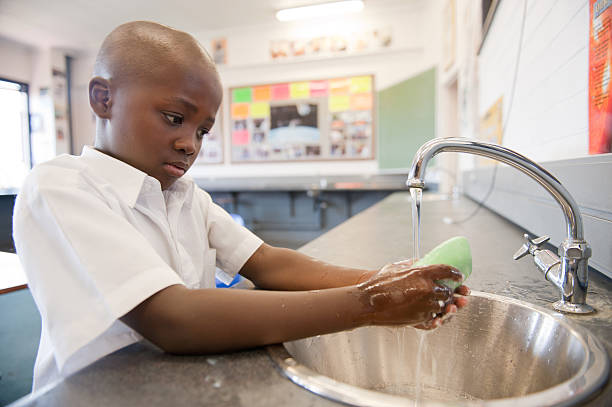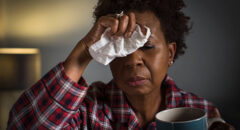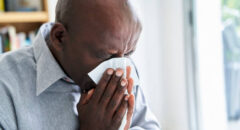
For many of us, the school year has just begun, and for others, it is just around the corner. As a result, we are seeing an increase in colds, viruses, and COVID-19 cases. Teachers, parents, and school officials are all looking for ways to keep germs from spreading in their classrooms daily during the upcoming school year.
While it is true that schools can be an incubator for the spread of different illnesses, it does not have to be this way. During the upcoming school year, we have set up a guide that will help keep illnesses at bay in the classroom and at home this year!
RELATED: Cold & Flu Remedies That Actually Work
1. Sanitize, sanitize and sanitize again
As a child, you are taught that sharing is caring throughout the entire time that you are in grade school. There are a lot of things that can be shared, such as toys, and pencils, among other things.
In the process of sharing these items, it is also possible that you are sharing germs as well. Keeping frequently touched items in the classroom as clean and sanitized as possible is a super important part of keeping germs at bay (especially if you have younger kids in your classroom!).
It is also important to wipe down desks and chairs. A great gift for a teacher would be a pack of sanitizing wipes or sprays.
RELATED: 9 Habits That Hurt Your Immune System

2. Wash your hands
It can be said that if there is one thing that is shared a lot in school, it would be snacks! We do not realize how many germs are left on our hands after touching playground equipment, door handles, and stairwells.
Therefore, we do not realize how quickly we could be passing around germs. The most important thing you can do for your health is to wash your hands as frequently as possible.
You should use soap and water if you have access to them. Hand sanitizer is the second best option that can be used.
3. If you are feeling sick, stay at home
If you are feeling unwell, the best thing that you can do to prevent the spread of viruses and colds is to








